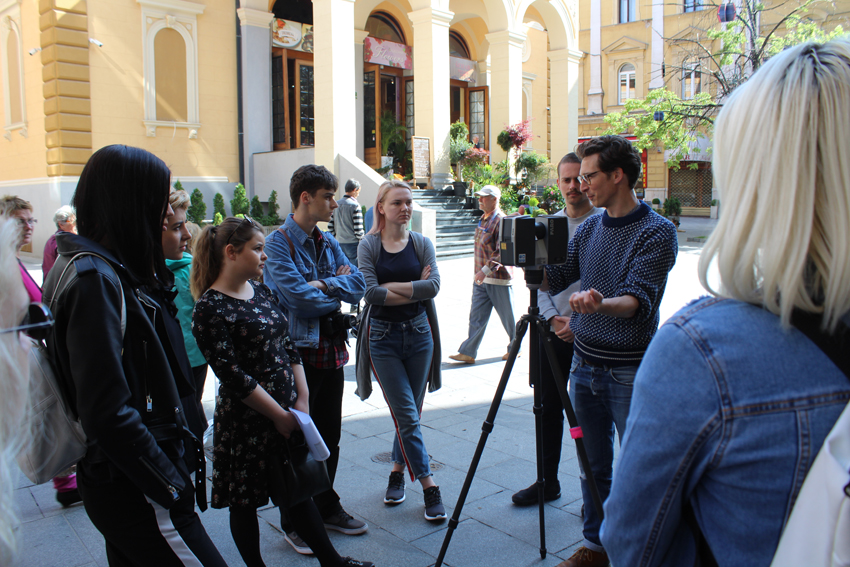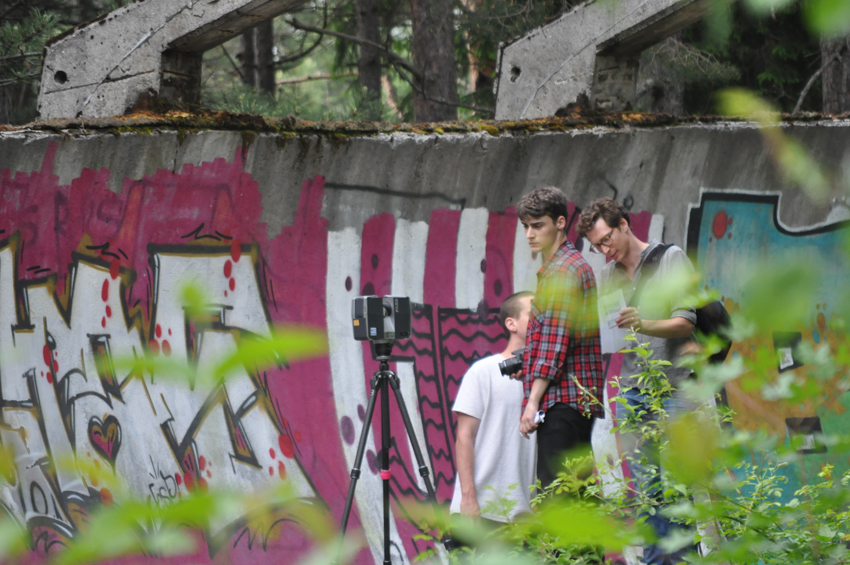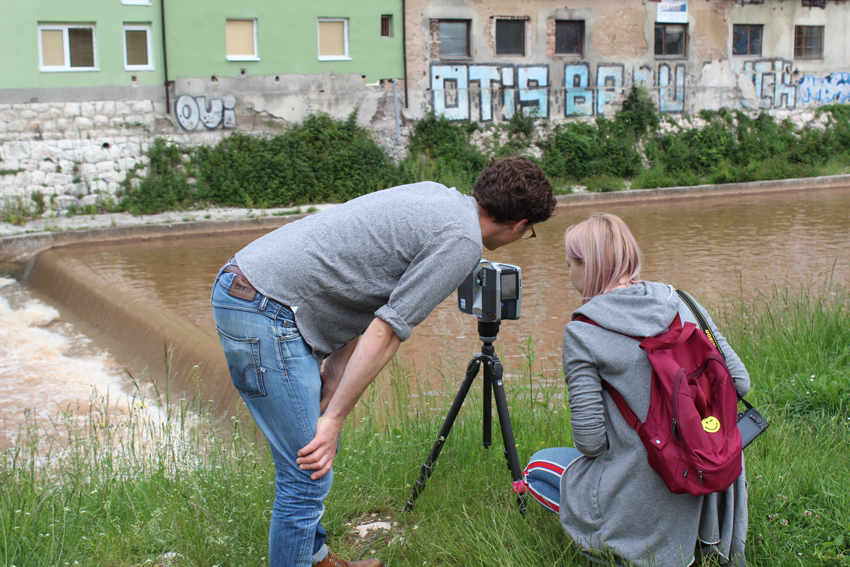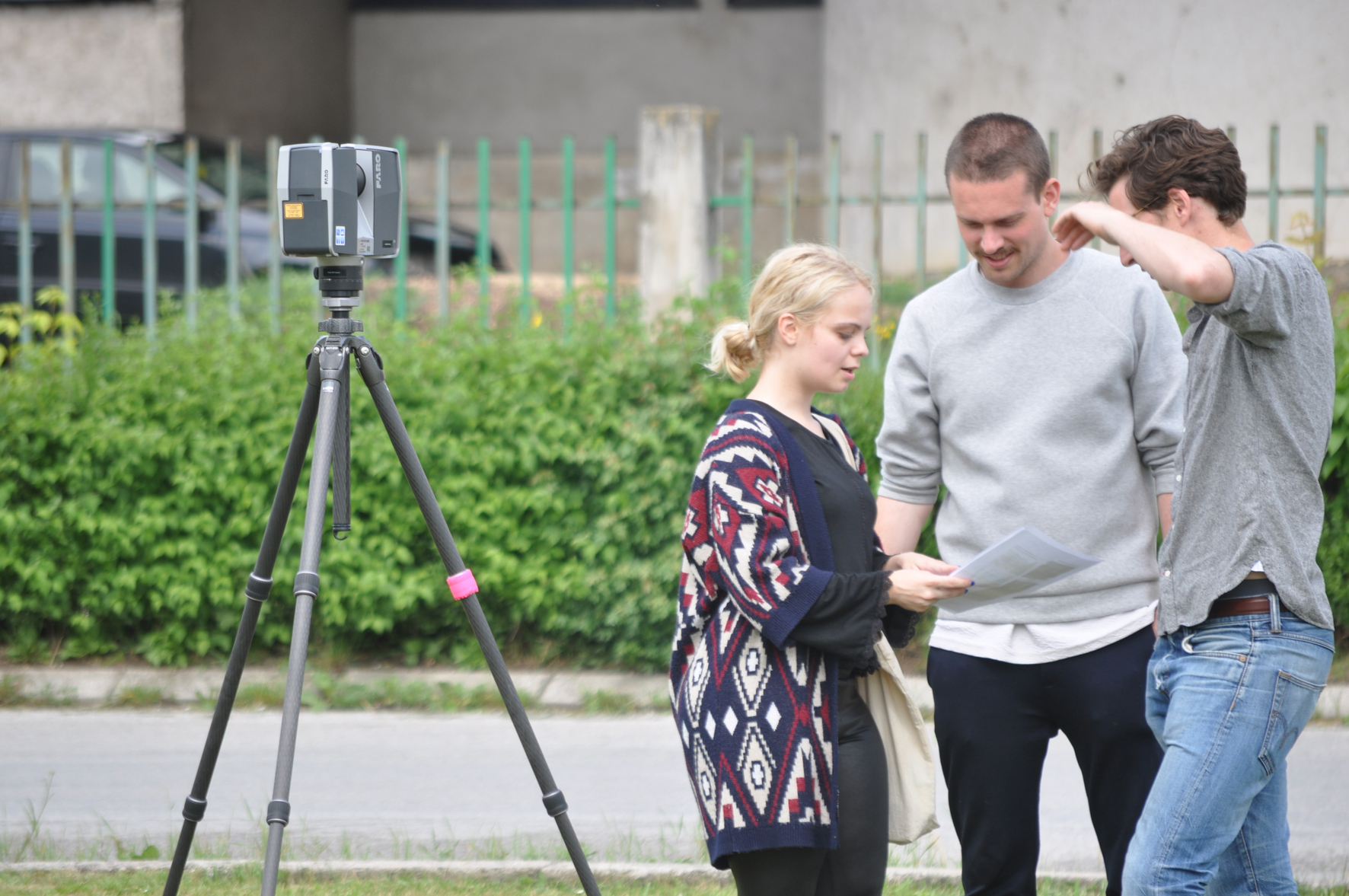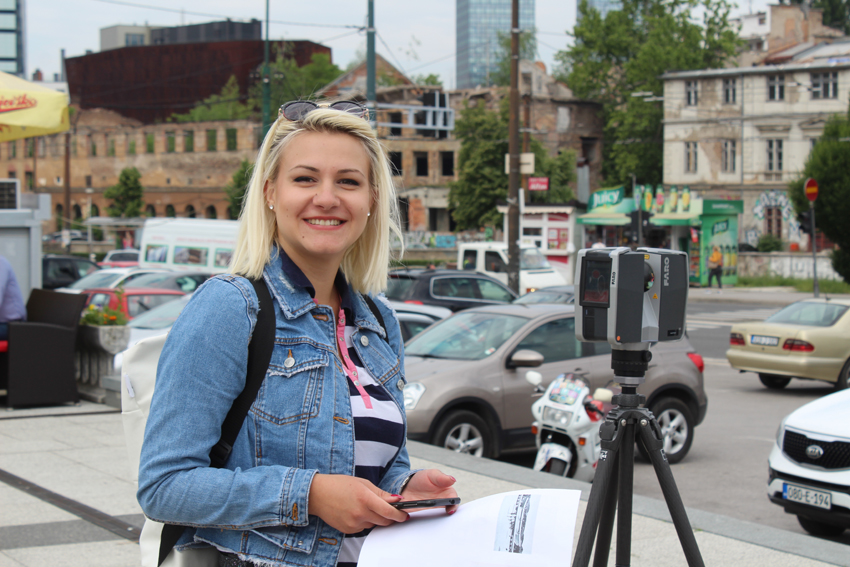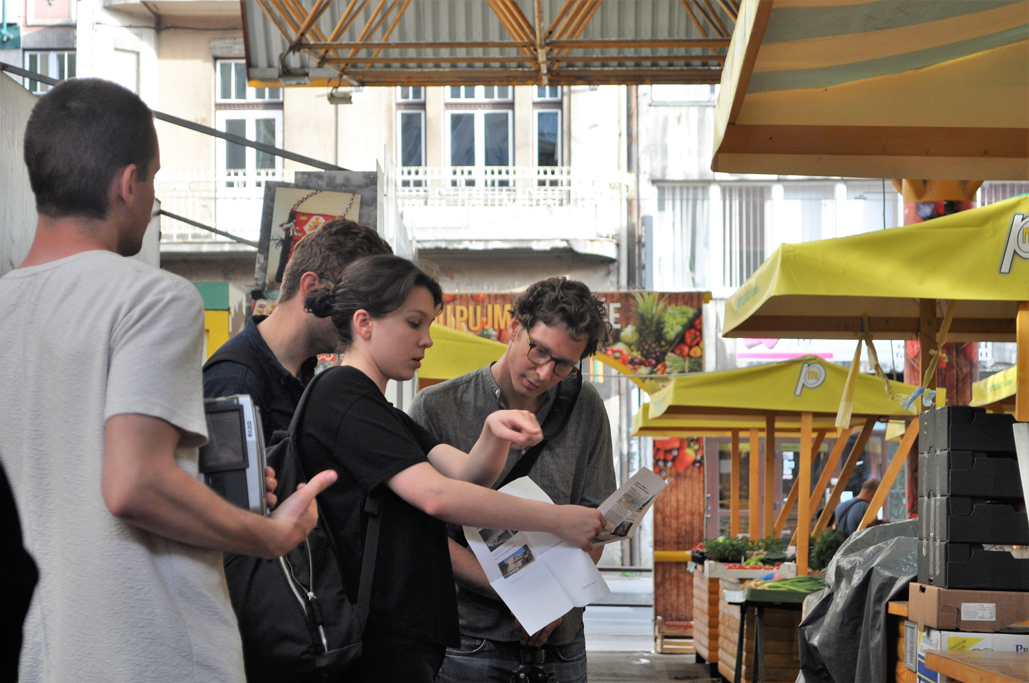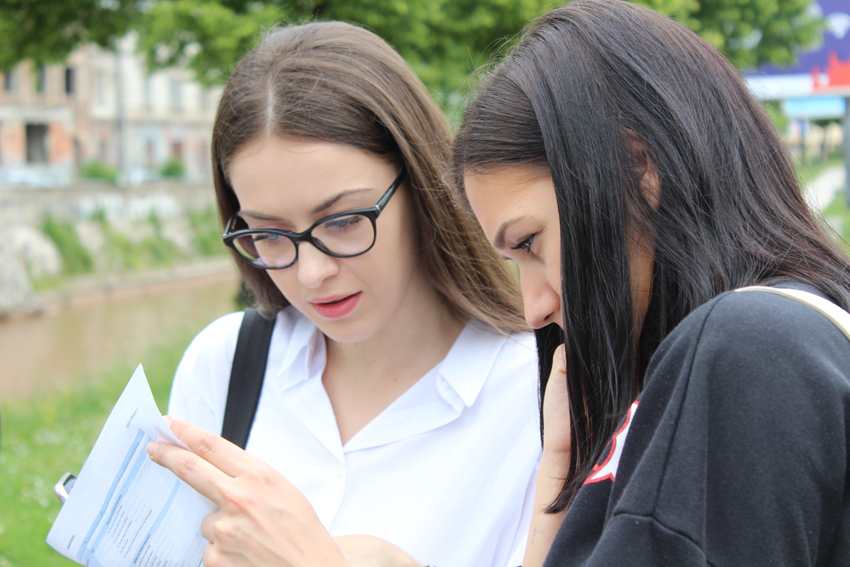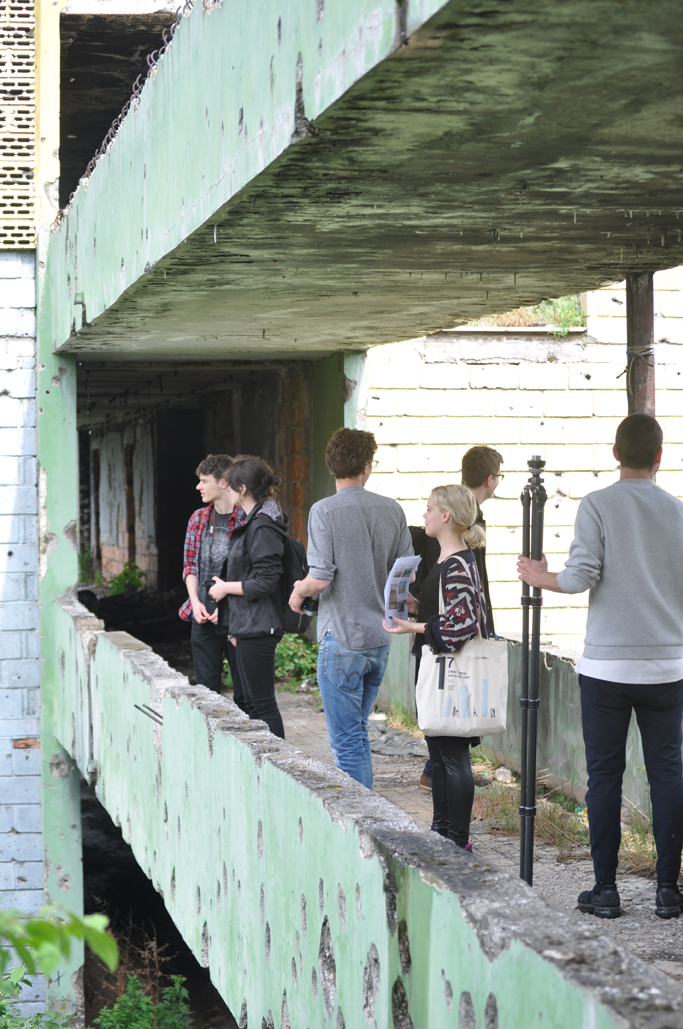All photos ©Emina Zukic
Sarajevo and the Siege: Between occupation and freedom Workshop
As part of the 11th annual Days of Architecture Sarajevo festival, , in collaboration with ScanLAB Projects; Project V Architecture hosted a three day successful workshop in Sarajevo. The workshop curated and led by Project V Architecture and ScanLAB Projects involved 3D scanning historic sites of occupation and freedom in recent history with ten students of Architecture from the former Yugoslavia region. The workshop was supported by the British Council.
The workshop was hosted by Days of Architecture Sarajevo. The theme, sites and narrative were developed by Project V Architecture as a component of our ongoing research project ‘Living Memorials’, which aims to inform public discourse and urban planning around new forms of memorialisation and conservation in Sarajevo. ScanLAB Projects were invited as world leaders in the field of 3D scanning and as our UK partner, as part of the British Council Biennale and Festivals grants programme.
ScanLAB Projects are a world-leading creative digital studio from the UK - who 'digitise the world, transforming temporary moments and spaces into compelling permanent experiences, images and film’ capturing ‘precisely measured, beautifully coloured digital replicas of buildings, landscapes, objects and events.’
This workshop involved architectural investigations of 10 historically contested sites related to The Siege of Sarajevo and its post-war legacy using 3D Scanning technologies. These new digitalised perspectives of sites in the city could lead to opening up new types of forums for discussing history in Sarajevo.
This collaboration, comes at a time of rapid unregulated urban development when Sarajevo struggles to record and preserve its heritage listed buildings, and evidence of war damage and occupation from The Siege, which are under threat of erasure.
The workshop gave participating students a unique hands-on opportunity to learn cutting edge digital scanning and architectural representation and animation techniques while working on specific sites of investigation. The workshop involved using 3D scanners to frame particular moments on each site. Over the course of the three days, each student produced a short film that overlays the present day scanned data with iconic historic photographs, contextualising historic imagery into 3D digital space to spatially reconstruct their complex and multilayered histories.
The team held an open call for applications for students of Architecture from across the ex-Yu region in April following a Nights of Architecture Sarajevo event in March where ScanLAB Projects work was screened and the workshop theme introduced, as part of the annual Nights of Architecture programme which compliments the Days of Architecture Sarajevo festival. Ten successful students were chosen from those who applied. The students who participated were: Iva Carević, Dajana Čolić, Tamara Grujić, Almedina Hamzić, Selma Hasanović, Selma Mahmutović, Adisa Muratović, Kerim Silajdžić, Sofija Stojanoska, Emina Zukić.
The product of the workshop is a short film of each site that has this process and the sites ‘immortalised’ into the digital world, placing the material evidence of the site into a ‘permanent’ digital realm. Each student involved in the workshop created their own individual film based on their chosen site.
The workshop also provided a forum within which to present the aesthetic product and discuss its content in relation to the Siege of Sarajevo and the effects of its legacy on post-war memorialisation and the redevelopment of the city.

